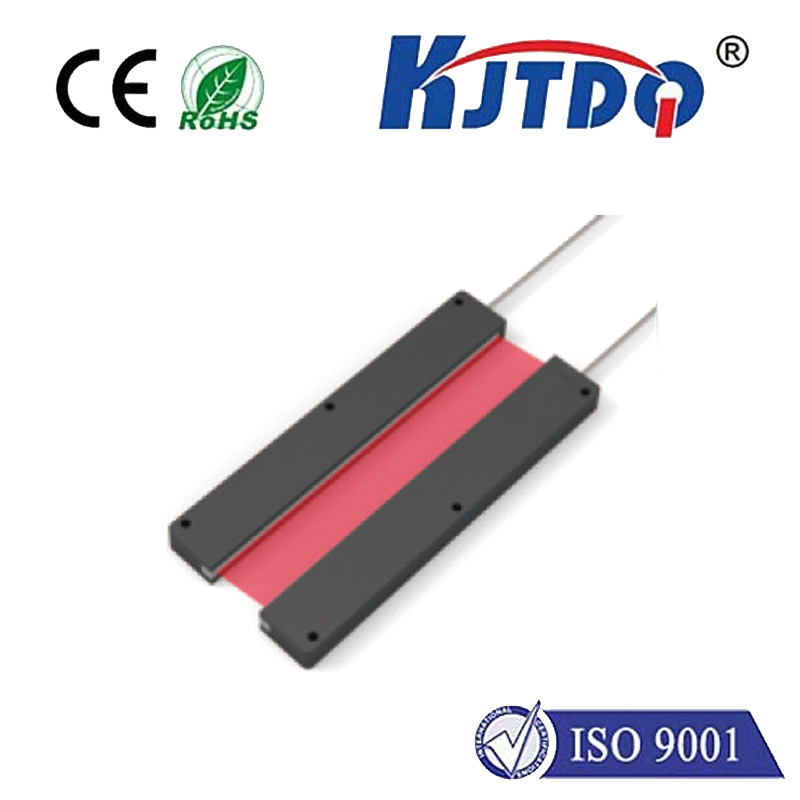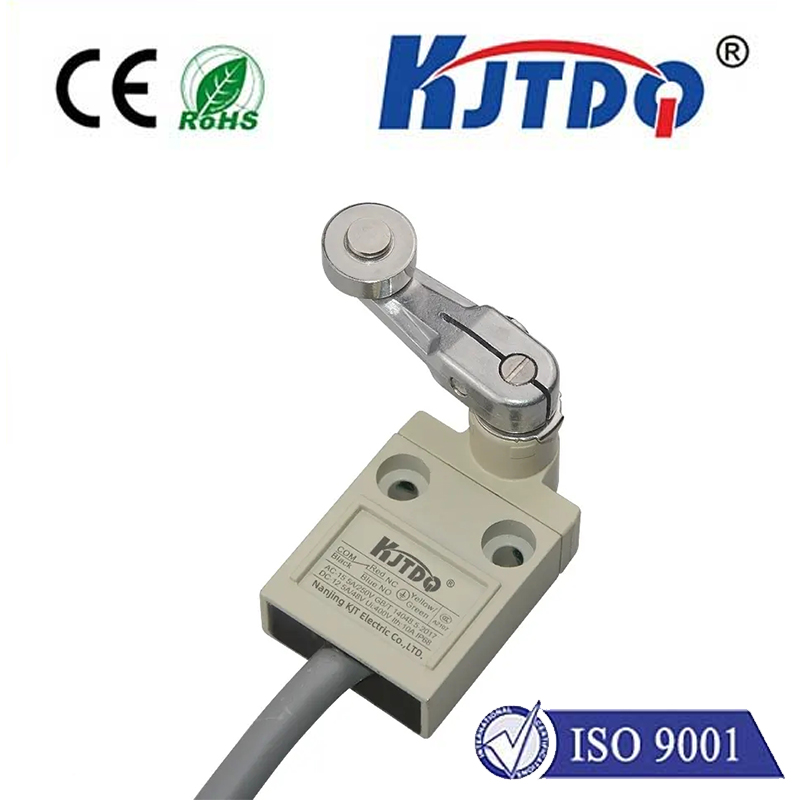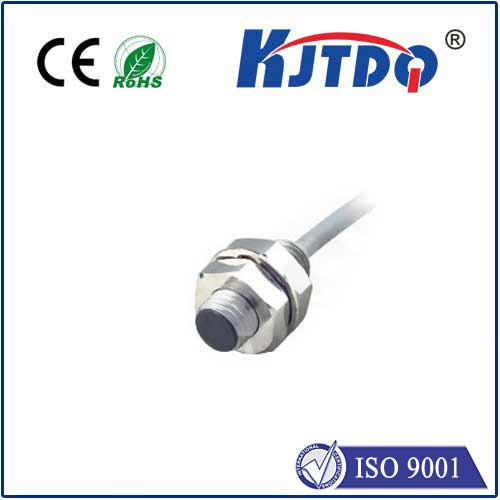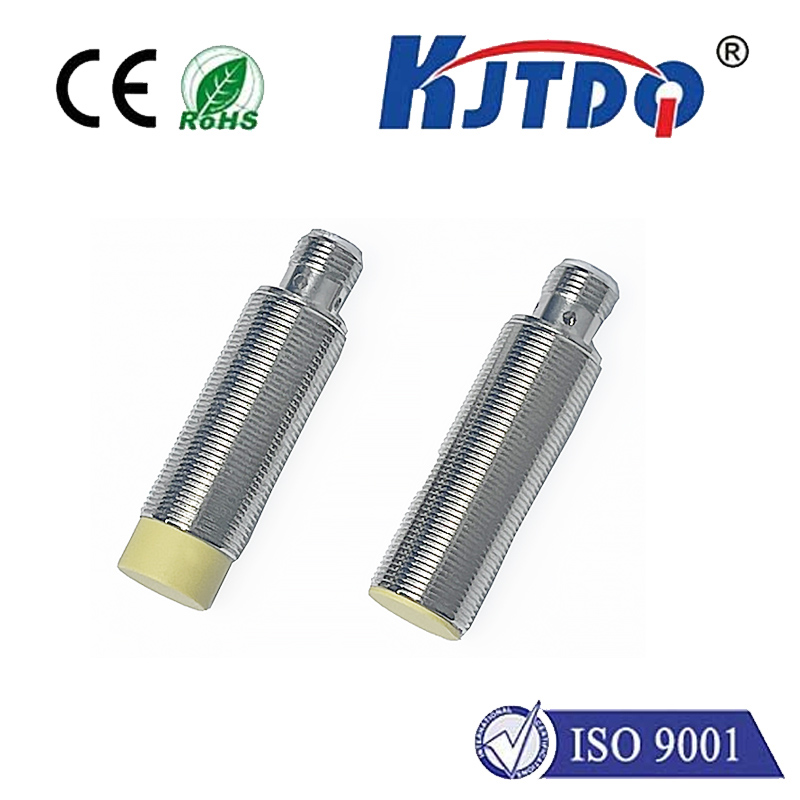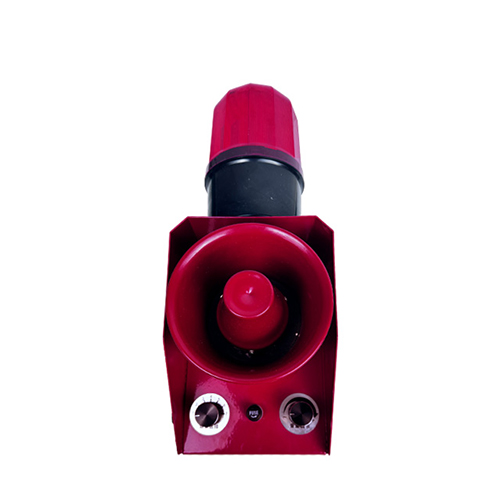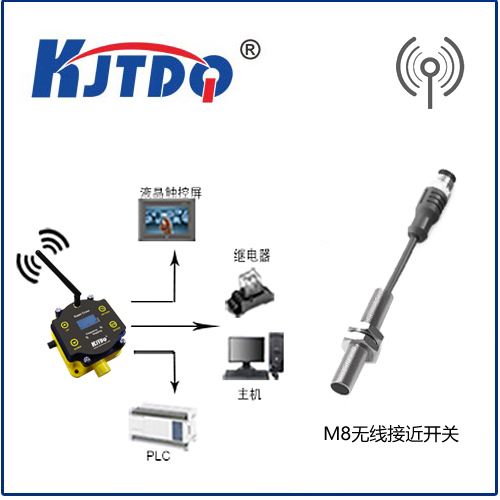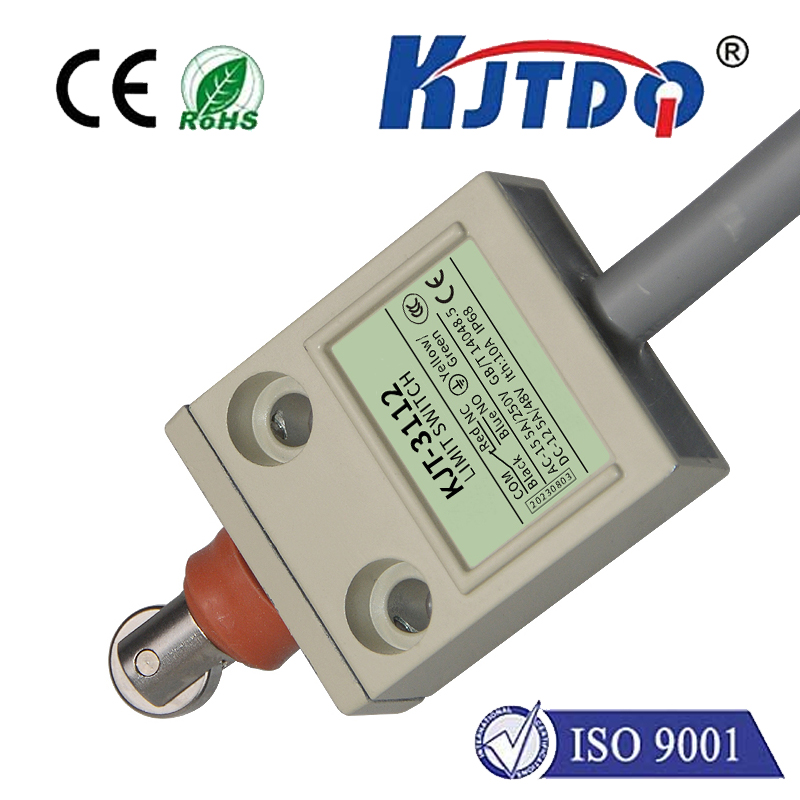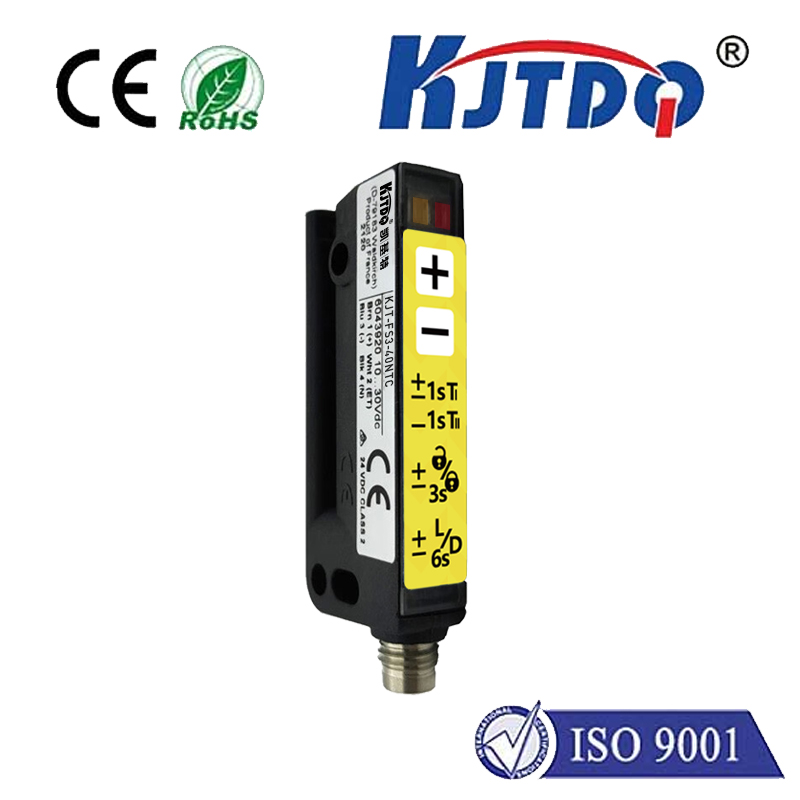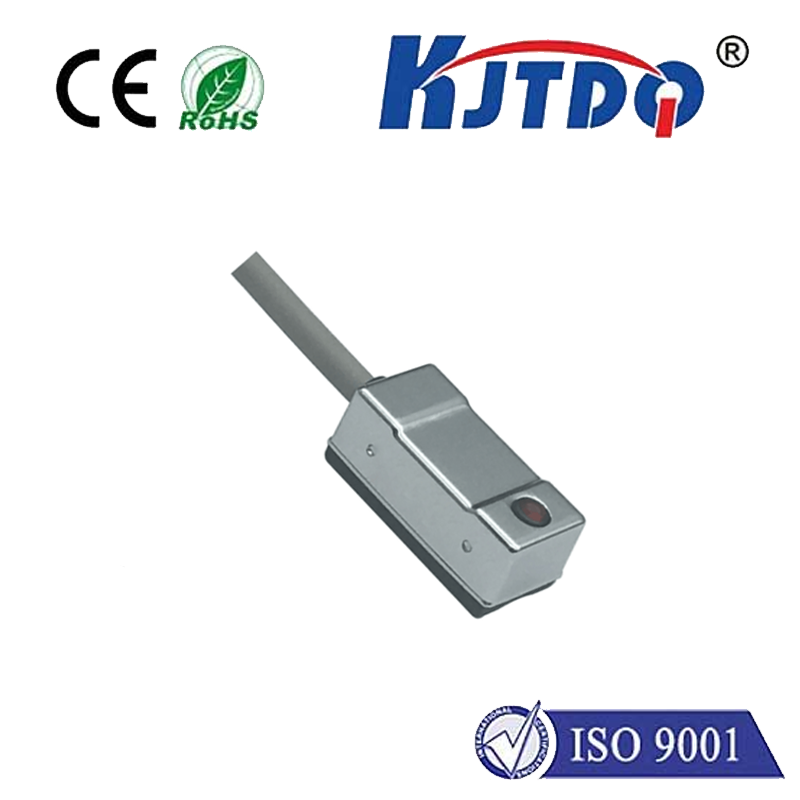

check

check

check

check

check

check

check

check

check

check

Title: The Innovation and Applications of Diffuse Photo Sensors In the realm of technology, sensors play a vital role in detecting environmental changes and converting those changes into signals that electronic devices can interpret. Among these, diffuse photo sensors stand out for their unique ability to detect light in a scattered or diffused manner. This article delves into the innovation and applications of diffuse photo sensors. A diffuse photo sensor is designed to detect the intensity of light that is scattered or diffused by its surroundings. It works on the principle of measuring the amount of light that falls on it from different angles. The sensor has a diffuser made of frosted glass or plastic which scatters the incoming light, making it easier for the sensor to detect. This type of sensor is used in various applications where direct detection of light intensity is not possible. One of the key features of diffuse photo sensors is their high sensitivity. They can detect even the slightest change in light intensity, making them ideal for use in applications where precision is crucial. Additionally, they are less affected by ambient light conditions compared to other types of sensors, providing more accurate readings. The applications of diffuse photo sensors are vast and varied. They are commonly used in motion detectors, automatic lighting controls, and security systems due to their ability to detect movement based on changes in light intensity. They are also used in air quality monitoring systems to detect the presence of particles suspended in the air by measuring the amount of light scattered by these particles. In addition, diffuse photo sensors are used in automotive industry applications such as automatic headlight dimming and adaptive cruise control systems. They are also used in consumer electronics such as smartphones and tablets for adjusting screen brightness based on ambient light conditions. In conclusion, diffuse photo sensors have revolutionized the way we interact with technology by providing precise and accurate measurements of light intensity in various applications. Their innovative design and flexibility make them an essential component in modern technology, paving the way for new possibilities in the future.
